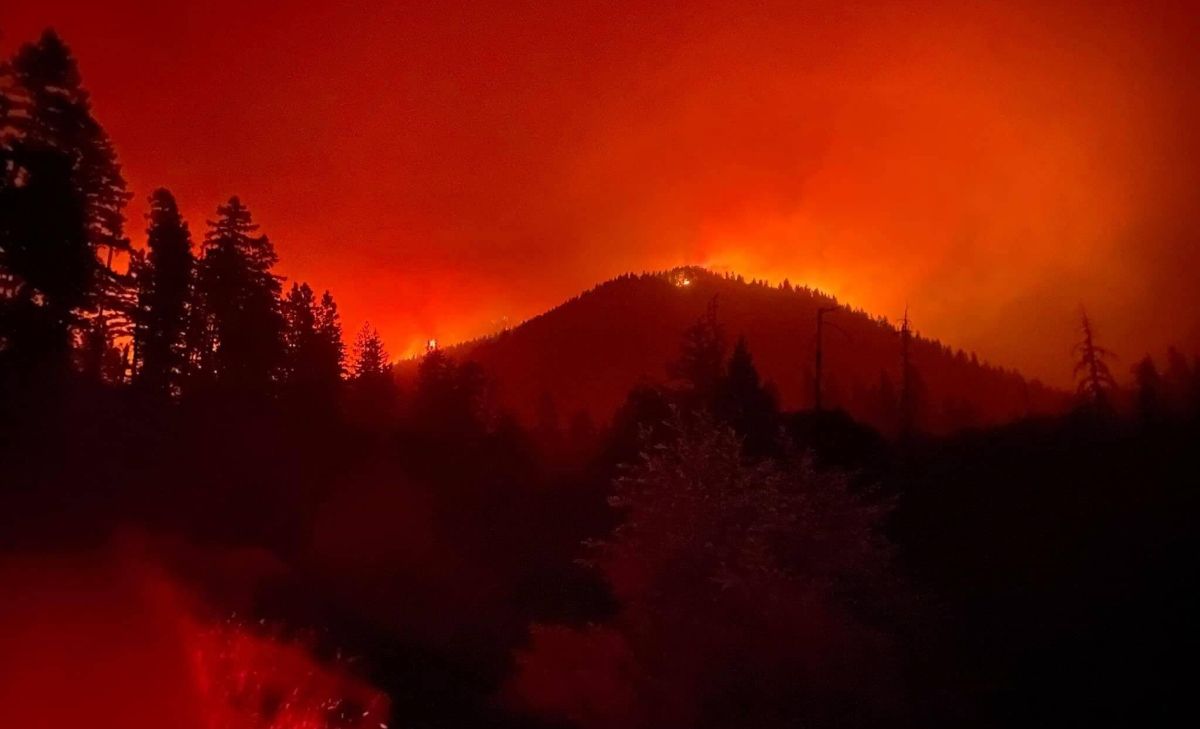A nearly two-week heat wave punctuated the end of another challenging summer for California marijuana businesses.
Some operators told MJBizDaily they experienced power outages and other daily disruptions stemming from excessive heat and a taxed power grid.
Others delayed harvesting and staggered work shifts as emergency measures kicked in to combat what some climate scientists predict will be the hottest September on record in California, with temperatures topping 110 degrees inland and the high 90s along the coast.
The state’s Department of Cannabis Control even took the rare step of asking legal marijuana businesses to voluntarily shut off lights and major power sources and use backup generators amid the excessive heat warnings.
Power problems
As brownouts dimmed lighting for the better part of a week, San Diego County-based Tradecraft Farms took precautions at its downtown Los Angeles greenhouse, reducing power consumption and bringing in generators to support the load, an unplanned monthly expense expected to eclipse $30,000.
The company’s greenhouse L.A.’s Arts District, among dozens of warehouses in the neighborhood, is in a packed zone of fellow marijuana growers. Some are licensed, but most are not.
“We’re making sure we’re not overheating the system, and the black market, they don’t care,” Tradecraft Farms CEO Barry Walker said.
“The reason that those transformers are overtaxed are all the unlicensed black-market cultivation going on in downtown that the city has not enforced.
“That’s why guys like us lose power.”
Jetty Extracts temporarily shut down production at its Oakland manufacturing hub to protect temperature-sensitive extraction equipment and maintain product quality standards.
Its live resin and solventless extraction process – which uses fresh, frozen cannabis – puts more pressure on its freezer units to keep products cold, increasing the risk of rolling power outages.
To combat this possibility Jetty developed contingent plans for emergency generators, according to Chief Product Officer Nate Ferguson.
“The increased length and intensity of heat waves in California have had a significant impact on our planning around capital expenditures,” he said.
The situation grew so dire that California regulators issued flex alerts three straight days to conserve energy as the state power grid teetered on collapse, prompting warnings to businesses and residents that power could be cut at any time.
Growing pains
While the vast majority of marijuana plants at Daydream Valley Farm’s 10,000-square-foot grow in Willits weren’t significantly impacted, their prolonged heat exposure will add more work for the Mendocino County company’s small, already strained staff of growers.
“We’ve managed to salvage better than 80% to 90% to still be a very high-quality product,” said Mark Shaffer, who partnered with Daydream in March after his single cultivation license expired.
“They’re going to require attention. If it had stayed, let’s say, 75 degrees for the past week, we probably wouldn’t be as stressed out,” he added.
“As we approach harvest, that’s where we need to really be hypervigilant on giving the plants the care that they need to finish strong.”
Temperatures in Mendocino County soared well above 100 degrees for a week, eclipsing normal highs by more than 20 degrees.
For four days, Willits’ City Hall served as a cooling station.
About 20 miles south, Ukiah hit a record 117 degrees, one of more than 1,000 heat records in the West, according to the National Oceanic and Atmospheric Administration.
In Mendocino County’s Anderson Valley, That Good Good Farm, has been operating off-grid for more than a decade, relying on solar and battery power.
Well before temperatures spiked above 110 degrees, workers deployed shade cloths over the 10,000-square-foot outdoor grow and spot-watered to conserve and target water directly to plants.
Tamara Kislak, owner of That Good Good Farm, delayed harvesting a few days when blistering conditions stressed the plants and made working conditions dangerous.
“You’re not going to get your best product when you’re taking down plants that have been suffering through 100-plus days,” she said.
Market dynamics and the threat of water shortages amid California’s megadrought – the worst in a millennium – had already prompted her to limit outdoor cultivation.
“I want to make sure that we continue to keep a healthy amount of water in our wells so we cut back most of our outdoor this year,” Kislak said.
Because of accelerated ripening, Jetty’s suppliers started harvesting strains several weeks ahead of schedule.
“Thankfully, our partners at the farm have been closely monitoring the situation and were able to adapt our production schedule to accommodate the accelerated timeline,” Ferguson said. “We are particularly meticulous about our harvest timing for our solventless strains.”
Business as usual
Heat waves, energy-conservation efforts and power-grid challenges are nothing new for California cannabis businesses; they’re just more crude reminders of the perennial challenges they face in the world’s largest marketplace.
Nabis, one of the state’s largest cannabis wholesalers with distribution warehouses in Commerce, Los Angeles and Oakland, asked its 200 partners to provide advanced warning if their products needed any special storage or temperature requirements.
The San Francisco-based company’s storage facilities are automated to stay below 70 degrees; two include frozen storage areas. Nabis’ fleet of distribution vehicles started routes early in the morning during the heat wave, particularly for inland areas.
“In terms of procurement vehicles, they have to have certain temperature requirements. No different from our warehouse,” said Brian Dewey, head of business development. “We’re the ones moving the biggest chunk of products throughout the state.”
Nabis handles about 25,000 unique orders and ships about 2 million products per month.
Glass House Brands cultivates nearly 3 million square feet of cannabis in three mega-greenhouses in Santa Barbara and Ventura counties.
The Long Beach-based, vertically integrated company utilizes pad walls, which act like swamp coolers, to keep temperature stabilized at their “positive pressure” greenhouses.
Glass House’s massive Ventura operation, acquired last year for $93 million in cash and additional stock, features an on-site well, water-treatment facilities and natural-gas cogeneration to produce power, heat and carbon dioxide.
“During grid stress we were running 14 megawatts of generation capacity and exporting it, sending it to Southern California Edison to help out with electrical storage,” said co-founder and President Graham Farrar.
At Tradecraft Farm’s 87,000-square-foot greenhouses in Lancaster, its small team of growers worked in staggered shifts starting at 4 a.m., shading some plants nearing harvest from the scorching midday sun.
The L.A. County city in the western Mohave Desert set a record on Labor Day, its 58th day this year with temperatures above 100 degrees.
Wind gusts in the high desert frequently top 50 mph and last for hours.
“We’re used to high temperatures out there,” said Sean Curtis, Tradecraft’s director of genetics. “There’s not much we can do.”
Chris Casacchia can be reached at chris.casacchia@mjbizdaily.com.





